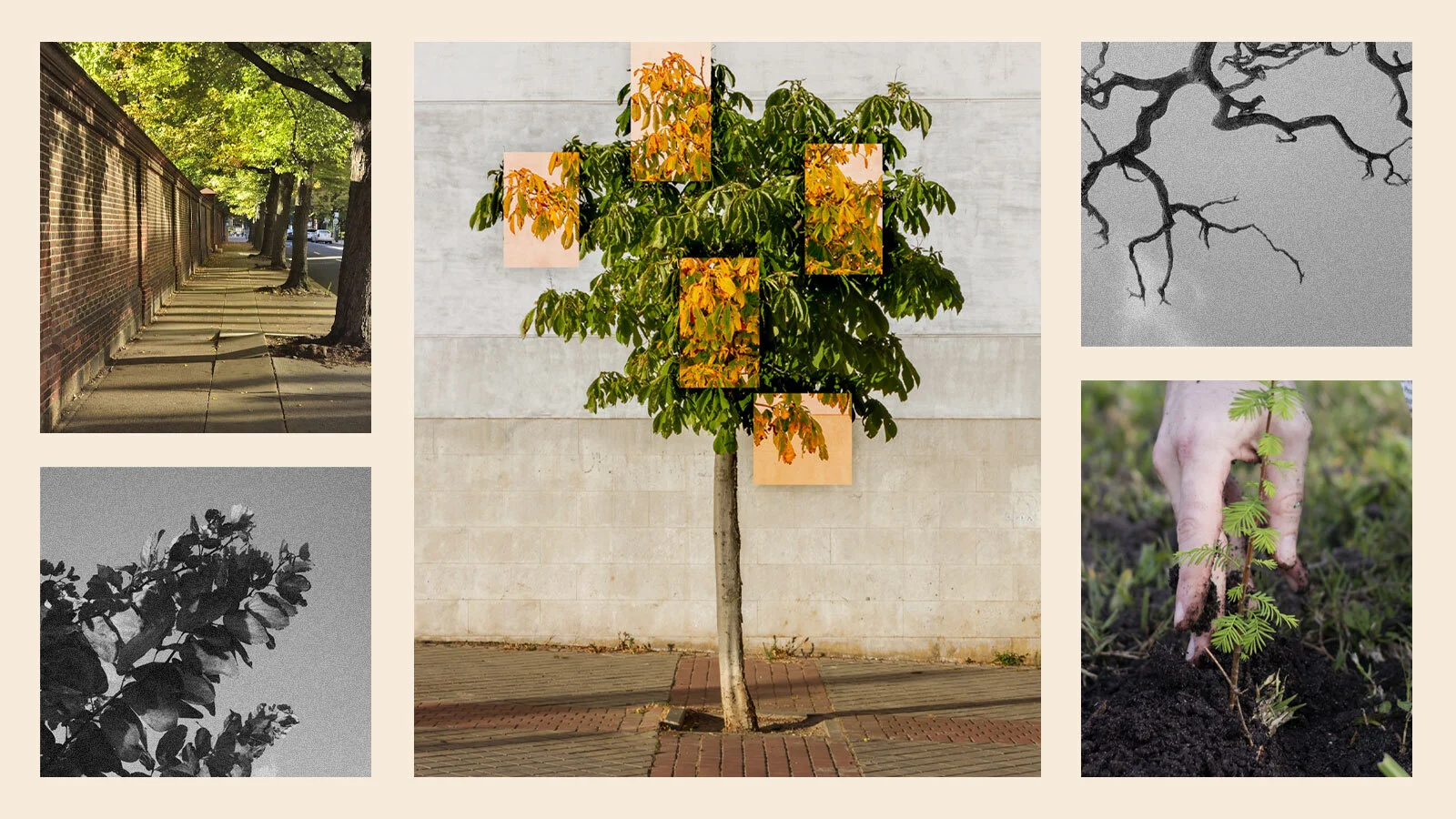Urban tree experts don’t expect introduced species to cause major disruptions to native wildlife.
Sigh.
The swarm of Bradford pear trees, wisterias, English ivies, porcelain berry, barberry, and autumn olive trees (and many others) choking my surroundings don’t give me happy feelings about this.
Is the sigh based on invasive species bring present from the early lovefest of carrying everything around and then the agricultural lovefest of intentionally moving everything around and you imagine it could happen again?
Or is the sigh that you wished climate change wasn’t real and you could go back to the good old days where indigenous species would just grow like they did for the previous 10,000 years?
The climate is changing. It sucks and these articles are the result of it. Rather than willy-nilly introducing species like yesteryear, this is going to be measured and studied to increase a functioning tree cover’s survival. I feel as though your sigh is a hindrance, rather than a help. What does the sigh mean?
Look.
Human beings deliberately introducing species to foreign environments has been a long history of ecological disaster.
Ecosystems are so immeasurably complex that no one can guarantee what introducing a non-native species will do. Look at the Bradford pear, which was supposed to be a sterile hybrid.
And finally, the whole point of this program is to introduce species that are better adapted to surviving climate change than native species. Do you know what we call species that come into an area and survive and thrive better than the native species? Invasives. This project is literally creating invasive species - replacing native species with species that will supposedly survive better, on the argument that the native species will die out anyway with climate change so we may as well remake the ecosystem and see what happens.
Blind, stupid, arrogance. I’m embarrassed for humanity.
What makes you smarter than people studying these problems? A single example of a plant introduced in 1963?
You can’t just declare your opinion to be right. And you can’t ignore climate change to suit your argument. Nor can you deny that urban areas are very diverse in exotic tree species and that won’t change because you want it to. A single comment isn’t putting the genie back in the bottle, nor stopping climate change, or land degradation/clearing, or new pests and diseases.
Stay optimistic though.
In other news, you have a little cake on Voyager - you’ve been on Lemmy for one year today.
Typically with climate change (like ice ages, etc, not anthropogenic), plants migrate to stay in their ecological niche. With temperature/precipitation being the major factors, plants tend to migrate up in latitude and altitude as climates warm. That’s why you end up with “sky islands” where a mountain might have a species not seen for a large distance further north at lower latitudes. Anthropogenic climate is probably too fast for most trees to migrate, but I think we should do our best to source trees that are along the migration path for a given area. The author’s manzanita is actually a great example.
It is, and it lives in a very different fire regime from what is typical of the pacific northwest. It might be attractive, and fantastically drought-tolerant…but I wouldn’t want a neighborhood planted like chaparral. That’s a plant community that burns. Fast.




